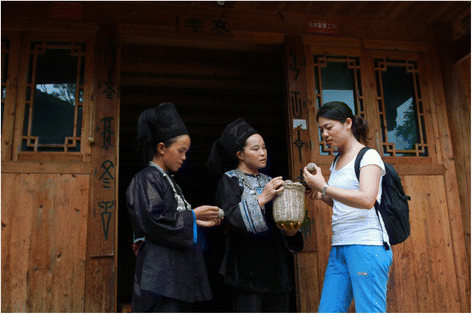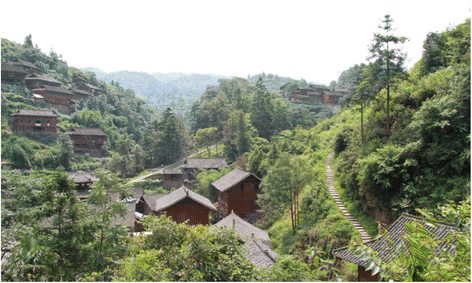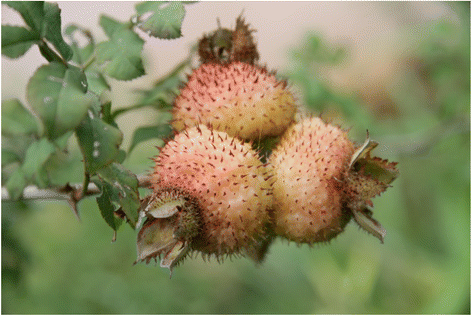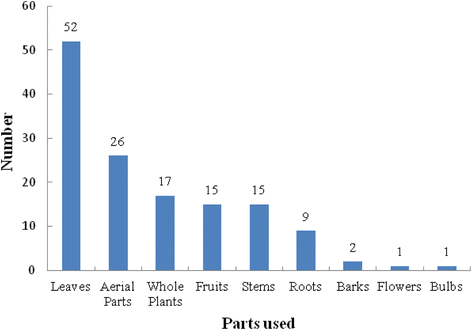Ethnobotany of wild plants used for starting fermented beverages in Shui communities of southwest China
- PMID: 26017691
- PMCID: PMC4458060
- DOI: 10.1186/s13002-015-0028-0
Ethnobotany of wild plants used for starting fermented beverages in Shui communities of southwest China
Abstract
Background: Shui communities of southwest China have an extensive history of using wild plants as starters (Xiaoqu) to prepare fermented beverages that serve important roles in interpersonal relationships and cultural events. While the practice of using wild plants as starters for the preparation of fermented beverages was once prevalent throughout China, this tradition has seen a decline nationally since the 1930s. The traditional technique of preparing fermented beverages from wild plant starters remains well preserved in the Shui communities in southwest China and provides insight on local human-environment interactions and conservation of plant biodiversity for cultural purposes. The present study sought to examine the ethnobotany of wild plants used as starters for the preparation of fermented beverages including an inventory of plants used as a starter in liquor fermentation and associated knowledge and practices.
Methods: Field surveys were carried out that consisted of semi-structured surveys and plant species inventories. One hundred forty-nine informants in twenty Shui villages were interviewed between July 2012 and October 2014 to document knowledge associated with wild plants used as a liquor fermentation starter. The inventories involved plant voucher specimens and taxonomic identification of plant collections.
Results: A total of 103 species in 57 botanical families of wild plants were inventoried and documented that are traditionally used as starters for preparing fermented beverages by Shui communities. The majority of the species (93.2%) have multiple uses in addition to being used as a starter with medicinal purposes being the most prevalent. Shui women are the major harvesters and users of wild plants used as starters for preparing fermented beverages and transfer knowledge orally from mother to daughter.
Conclusions: Findings from this study can serve as a basis for future investigation on fermented beverages and foods and associated knowledge and cultural practices. However, with rapid development, utilization of wild plants and the cultural systems that support them are at risk of erosion. Cultural preservation practices are necessary in Shui communities for the continued use and transmission of this ethnobiological knowledge as well as associated biodiversity.
Figures










References
-
- Campbell-Platt G. Fermented foods—a world perspective. Food Res Int. 1994;27:253–7. doi: 10.1016/0963-9969(94)90093-0. - DOI
-
- Steinkraus K. Handbook of Indigenous Fermented Foods, revised and expanded. Boca Raton (Florida, USA): CRC Press; 1995.
Publication types
MeSH terms
LinkOut - more resources
Full Text Sources
Other Literature Sources

